The Government’s legislative response to the Grenfell Tower Fire has come in the form of 'The Building Safety Act 2022' (the "Act"). This enormous Act is comprised of 171 sections and 11 Schedules each including stringent obligations relating to the planning, construction, and occupation of certain properties.
So, what does all this mean for leaseholders?
The status quo prior to the Act was that the Building Owner (or Landlord) had an obligation to undertake works of repair, fire safety and any works required by a competent authority. The Tenant (or Leaseholder) had an obligation to make payments to indemnify the Landlord for such works, usually by way of a service charge.
Following the Act, Leaseholders with a ‘Qualifying Lease’ are now afforded protection from paying service charges in respect of cladding-related defects and also have some protections for non-cladding related defects.
In short, a Qualifying Lease is a:
If your property falls under the definition of a Qualifying Lease, there is an absolute prohibition on service charges in respect of cladding remediation.
Despite there being enhanced protections for those with a qualifying lease in certain respect, all hope is not lost! Regardless of whether you own a Qualifying Lease or not, the Landlord has an obligation to pay for all costs associated with remediating cladding defects as long as the following criteria are met:
The Building Safety Act 2022 recognises that building safety risks are not only born from defective cladding and that there are non-cladding related risks that need to be rectified and mitigated while rectification works are taking place to prevent death and injury. These so-called ‘Relevant Measures’ are defined as measures taken to remedy the ‘Relevant Defect’ (as defined above) or to prevent/reduce the severity of an incident resulting from a building safety risk. Put simply, any work carried out by the Landlord to remove or reduce the effect of a non-cladding related defect, is a Relevant Measure. This includes works such as replacing inappropriate fire doors, replacing combustible balconies, reinforcing concrete beams, etc.
If you own a Qualifying Lease, the Landlord will be prevented from passing on the costs of non-cladding related defects as long as the following criteria are met:
If the above criteria are not met, unfortunately, you are not afforded the same protection under the Act. You are nevertheless offered some protection by way of a cap on the service charge that can be applied (being £15,000 in Greater London and £10,000 elsewhere).
As of 14 February 2023, it is now a mandatory requirement for Leaseholders selling their properties to complete the revised TA7 Form. The TA7 form essentially gives information regarding the property to the buyer so that they are fully informed before completing the purchase. This form was revised to include additional information necessary to exercise due diligence under the Act relating to remediation works, whether the property is a qualifying lease, whether the seller knows of any defects that create a building safety risk and so on and so forth.
There is now a further requirement for the Leaseholder to attach a Landlord and Leaseholder Certificate to the TA7. The Leaseholder’s Certificate includes details of the ownership of the lease including the leaseholder’s ownership of other properties in the UK (from 14 February 2022) and a requirement to provide evidence to certain questions within the form. The Landlord’s Certificate must include (amongst other things) evidence of relevant works undertaken after the Act came into force, details of the relevant works carried out from 28 June 2017 to remedy any defects, and details of the costs paid in respect of such remedial works.
It is worth considering when selling your leasehold property, that the requirement to ascertain a Landlord’s Certificate may slow down the sale process. Of course, we hope that the Landlord will issue its Certificate promptly upon notice that the leasehold is being sold, however, the Landlord will have up to 4 weeks following a request by the Leaseholder to do so. This may therefore prove to be an unexpected delay in the conveyancing process.
On a positive note, as a buyer of a leasehold property, the increased requirements of the TA7 should mean that you have sufficient information relating to the Act to satisfy yourself with prior to completing the purchase.
The Act has brought about many changes to how we build, sell and buy properties, however, this has all been for the greater good of preventing another Grenfell. As a leaseholder with a Qualifying Lease, you will be safe in the knowledge that your financial liability to remedy building safety risks is either largely reduced or, in some cases, non-existent. However, we appreciate that this is not as good news for owners of leasehold properties that do not meet the criteria of a Qualifying Lease.
The Act is a bit of a minefield, and knowing what your obligations are, can be somewhat confusing. Its implications are far reaching; however, Holmes & Hills have specialist leasehold solicitors who are here to help you navigate the many changes brought about by the Act and advise on how they might affect you.
Call 01206593933 and ask to speak to a specialist leasehold solicitor. Or complete the form below.
September 29th 2023: Building Safety Act 2022: changes to leaseholder protections article discusses proposed changes to the Building Safety Act 2022.
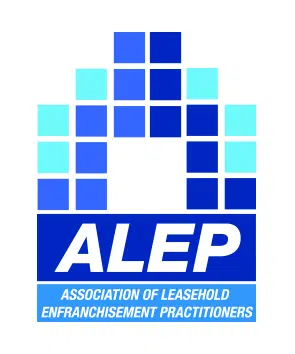
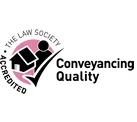
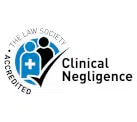
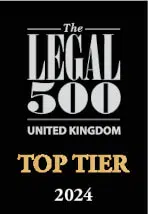
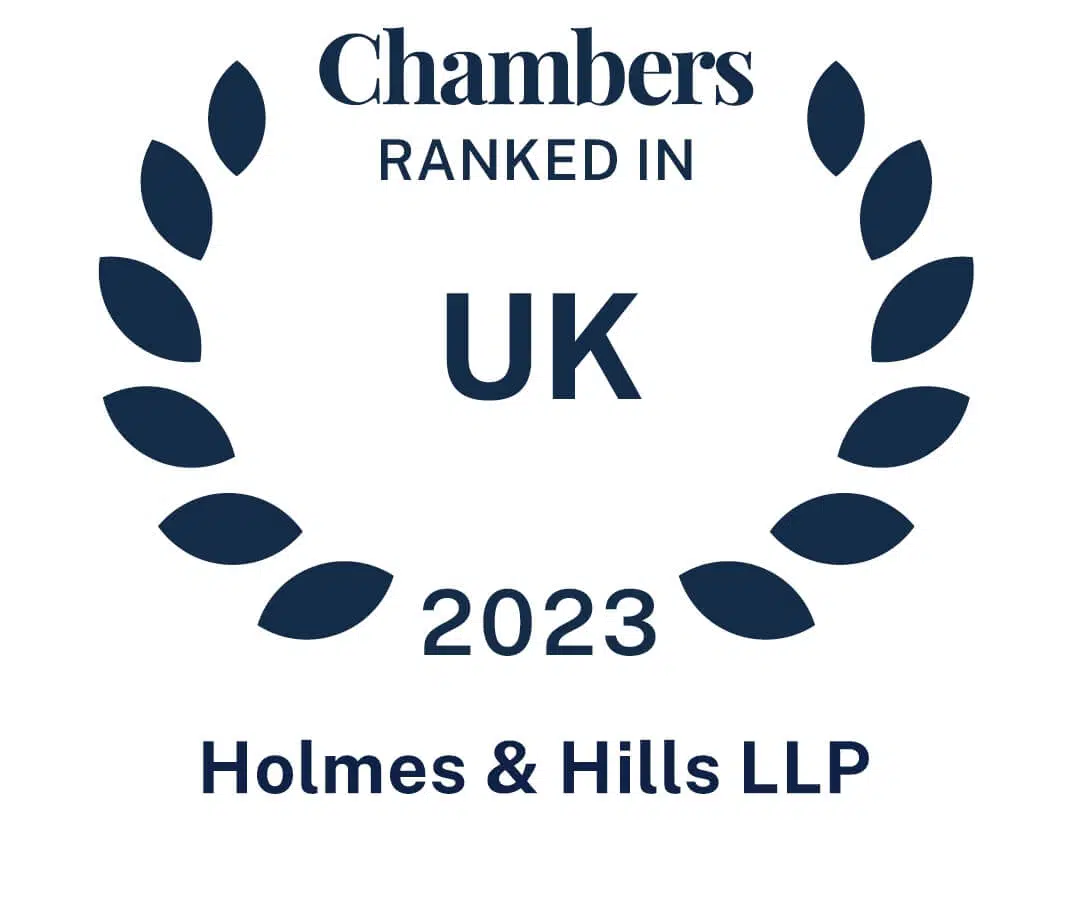
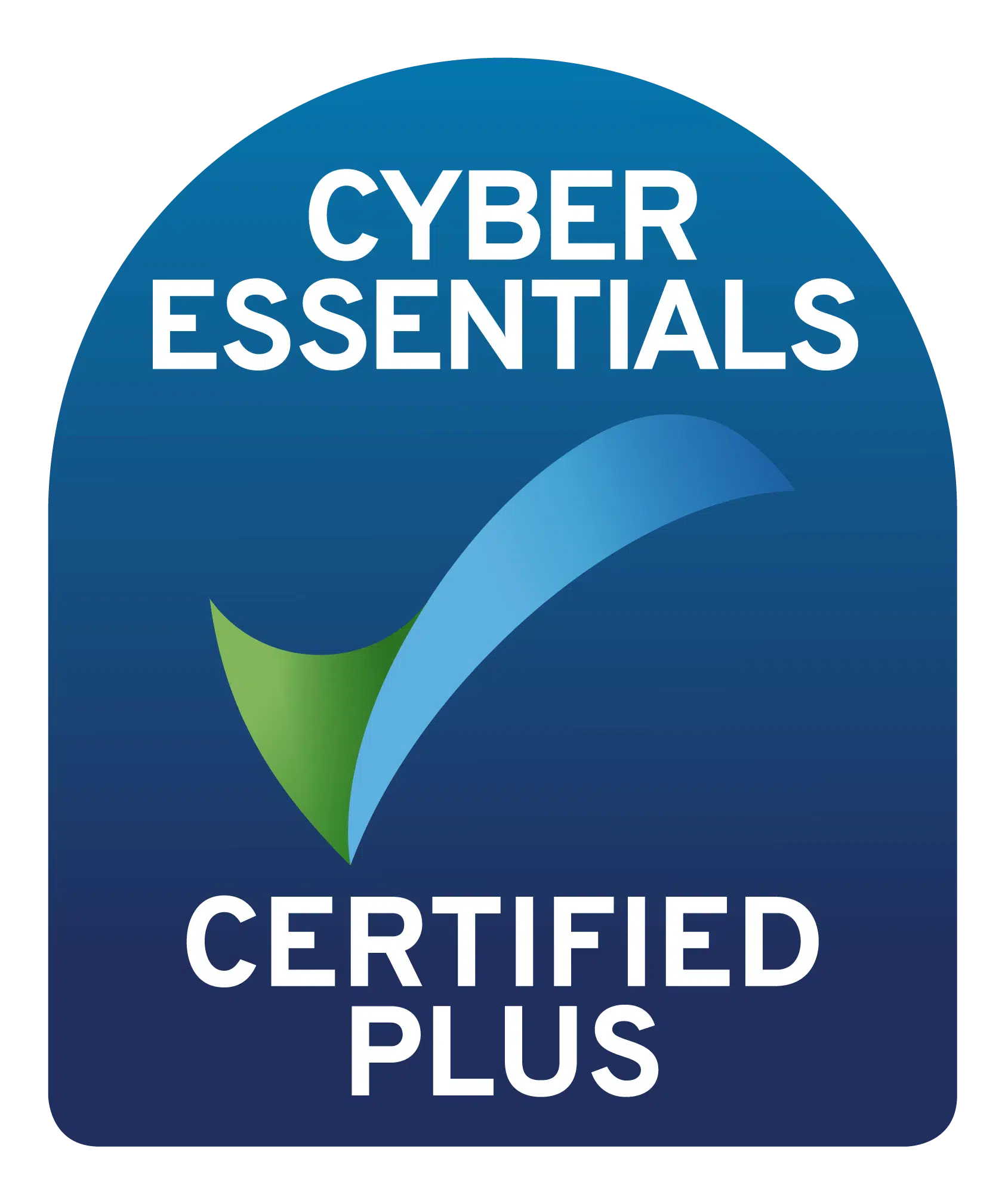
A Mackman Group collaboration - market research by Mackman Research | website design by Mackman